Description
Item #: MS2725C
Manufacturer: Anritsu
Series: Spectrum Master
MS2725C by Anritsu is a Anritsu Handheld Spectrum Analyzer in the Spectrum Master series. MS2725C features a Frequency Range of 9 kHz to 32 GHz.
The Spectrum Master series by Anritsu is full of the quality features that you would expect from Anritsu, the inventors of the handheld spectrum analyzer. With an Anritsu spectrum analyzer, you can measure such things as field strength, occupied bandwidth, channel power, ACPR, emissions mask, spurious emissions, C/I, and AM/FM/SSB demodulation. Items in the Spectrum Master series are designed for field use, as they are small and compact by nature. This, coupled with Anritsu’s world-class spectrum monitoring capabilities make for a truly robust tool.
The frequency range of the Anritsu MS2725C Spectrum Master is from 9 kHz to 32 GHz. The MS2725C Handheld Spectrum Analyzer can measure the Rx Noise Floor on the uplink a base station by utilizing the channel power measurement capability. An elevated noise floor specifies interference and results in denial of services, dropped calls, blocked calls, low data rates, and low capacity. The Anritsu MS2725C also has a USB-to-LAN hub converter, which allows power monitoring through the Internet from different continents.
The Anritsu MS2725C Spectrum Master has many options, which can be added for more functions and capabilities. Option 31, GPS-Assisted Frequency Accuracy, provides the model with a 25 ppb (parts per billion) frequency accuracy. When the GPS antenna is disconnected, the accuracy will remain at 50 ppb for three days. Every measurement can be GPS tagged and exported to maps. This model has a built-in Power Meter, but there is an option (Option 19) for a High Accuracy Power Meter. There are multiple sensors to choose from with frequency ranges from 10 MHz to 26 GHz, power ranges from -40 dBm to +51.76 dBm, and measurement uncertainties ≤ ± 0.18 dB. The sensors allow users to perform precise measurements for digitally modulated and CW signals for 2G/3G and 4G wireless networks. The power sensor is linked to the MS2725C with a USB A/mini-B cable. While using the USB link, a separate DC supply is not necessary because the needed power is given by the USB port.

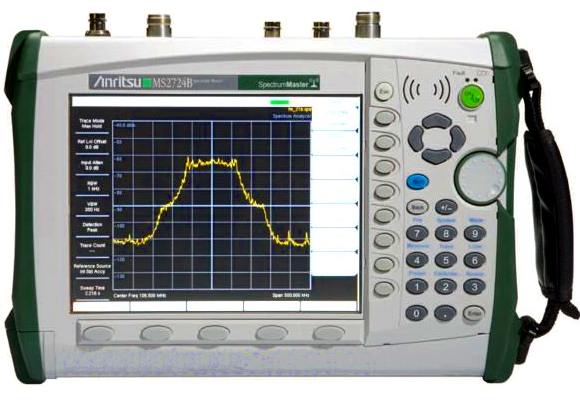
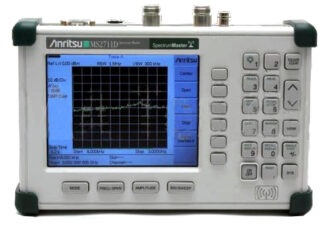
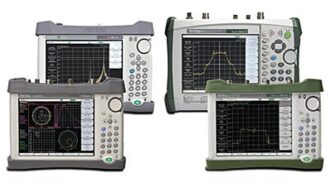
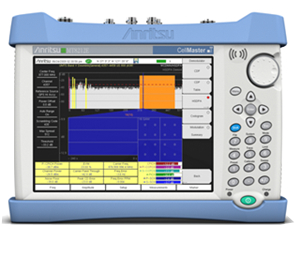
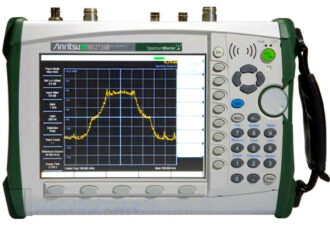
There are no reviews yet.